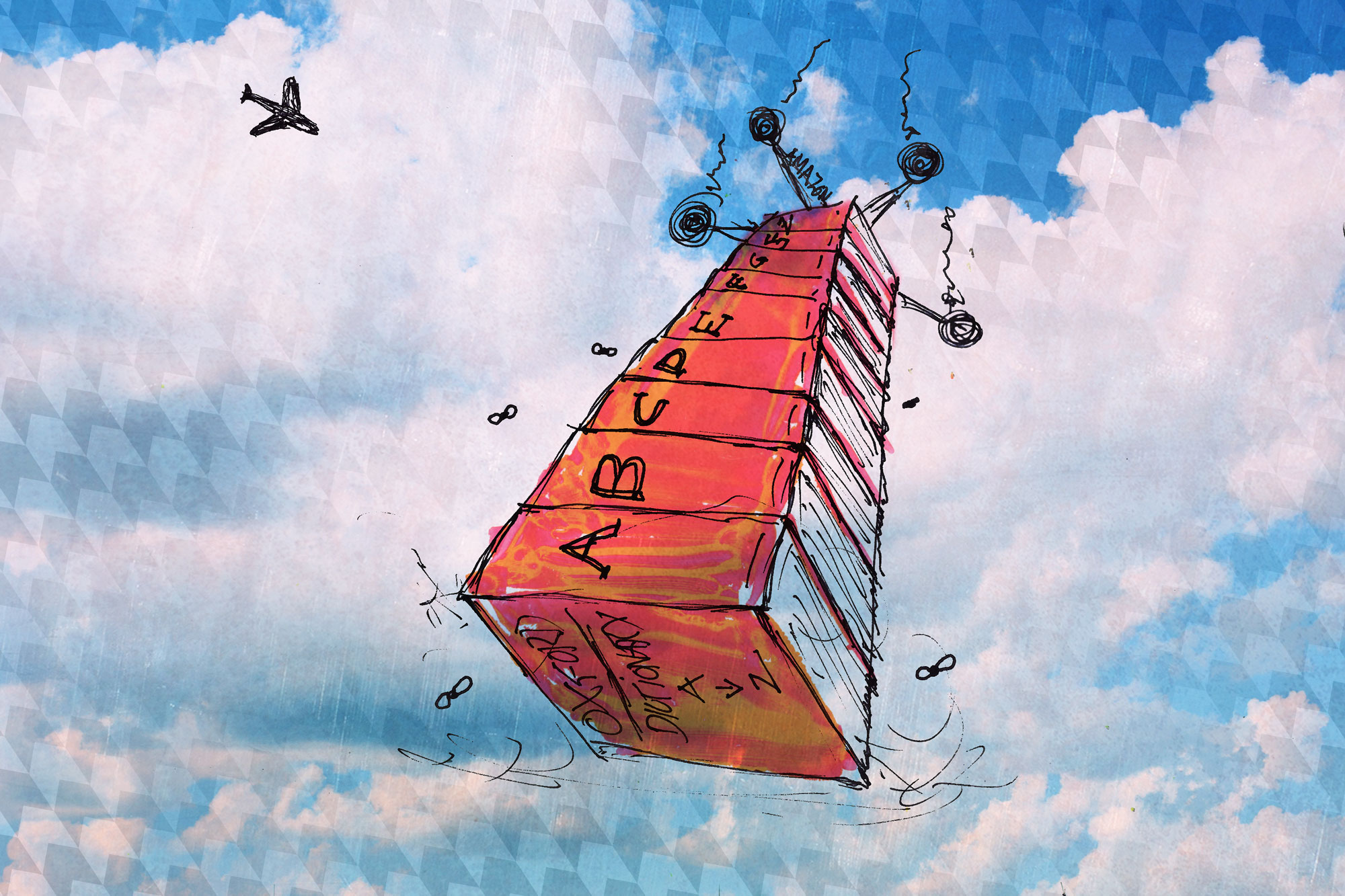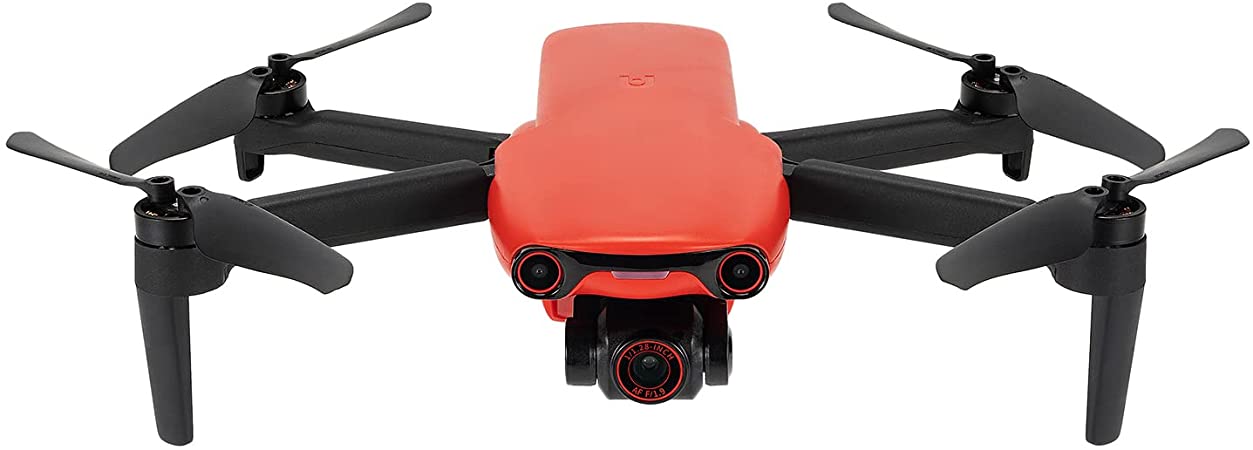
There are many benefits to wind turbine inspections, but which one should you use? Aerodyne Measure is a tool that can be used to inspect wind turbines. Find out how these tools can help you inspect wind turbines. We'll discuss the pros and cons of each and how AI software can help you get the job done better.
Aerodyne Measure
Aerodyne Measure, a provider of AI-backed aerial inspections, has partnered with Ecopulse to provide the energy company with aerial surveys of its assets. The solution, known by vertikaliti combines AI and smart drones to create a foolproof method for managing energy assets. The company plans to use its drone technology to improve inspections and fault detection. The company is also a pioneer in using drones to collect data that can be used for asset management.
While Aerodyne and Measure have complementary expertise, they will complement each other in terms of operational experience and research and development opportunities. Aerodyne will complement Measure's vast experience in professional inspections of energy assets with its international presence and more extensive analytic capabilities. The joint venture will start utilizing the Measure Ground Control platform in 2020 to conduct drone solar panel inspections.
PrecisionHawk
When using a drone to inspect wind turbines, it is crucial that the mission requirements are clearly defined. They must be capable of managing wind farm aerodynamics as well as analyzing the airspace around turbines. This drone-based inspection system must comply with stringent data security and quality assurance standards. This article will provide an overview of key functions for a drone-based windturbine inspection solution. Read on to discover how the PrecisionHawk drone can benefit your wind turbine inspection needs.

PrecisionHawk & InspecTools are now a team, bringing together experts in drone-based inspections & data analytics. This is a critical partnership for the energy sector. These companies will incorporate PrecisionHawk’s drone into their machine vision software and data analytics software as well as existing customers. PrecisionHawk and these companies will work together to deliver industry-leading drone inspections.
Sulzer
The 3DX SmartPilot - an ultra-compact inspection instrument - is ideal for remote windfarms and field inspections. It is easily deployed around the world and can overcome most logistical constraints. In addition, the smartPilot is easy to deploy, meaning no need for costly, time-consuming deployments. Here are some of these key benefits: The Sulzer drone inspects wind turbines.
Sulzer's UAV technology allows for high-volume inspections of wind-turbine blades from remote locations. This is possible without compromising quality. The company has developed 3DX(tm) SmartPilot drone solutions based on the DJI M-210 and DJI M-600 drones. These solutions provide precise measurements in much less time than human inspectors would normally need.
Amodrone
The use of a drone to inspect wind turbines is a promising new way to make sure that wind energy projects receive the best quality inspections. Compared to manual inspection, drones can save both time and money. The commercial drone industry has new opportunities as more countries worldwide shift to renewable energy. Amodrone drones with artificial intelligence use AI software and AI to detect damage and optimize flight paths. This allows the drone to inspect windmills efficiently.

Drones are able to assess the structural integrity and condition of wind turbines. They can also be used to provide valuable information about the infrastructure of wind farms. A drone operator can take hundreds of thousands images of each wind farm. The data is then processed by an AI specialist and pattern recognition specialist to create high-quality inspection reports. By assessing the data, damage to wind turbines can be detected automatically and classified according to severity levels.
FAQ
Do drones fall under the control of the FAA?
The FAA oversees all aspects drone operations including safety standards and certification requirements.
Can I fly my drone around my neighborhood?
Yes! These are known as UAVs (unmanned air vehicles). There are many options for drones, from small quadcopters to larger fixed-wing aircraft. The FAA has recently issued new rules regarding the commercial use of UAVs, which means you can now legally fly them for business purposes. You should be aware, however, that UAVs flying near airports can cause interference with air traffic control systems. To operate one, you will need to obtain permission from the local authorities.
What type of batteries can a drone use to charge its batteries?
Most drones use lithium-ion batteries. A typical drone uses between 3 and 6 volts.
Can I fly my drone indoors
Yes, you can fly your drone indoors. Your home should be free from obstacles and hazards. Avoid flying near windows, doors and heating vents.
Is it possible to fly a drone at high altitudes without a license?
The FAA does not limit the height of a drone. However, you must register your unmanned aircraft system (UAS), which includes the registration numbers, model name and weight, size, serialnum, manufacturer's name and date manufactured.
What is it like to travel by drone?
Drones are increasingly becoming popular both for personal and commercial use. Drones are used for filming, photography, aerial mapping, search and rescue, as well as other purposes. New regulations were approved by the FAA, which includes requirements for registration, licensing pilot training and insurance. These changes will help ensure that drones remain safe for everyone involved.
Is it illegal for a drone to be flown?
Flying drones is an offense in certain countries, including Australia, Canada, Germany and Japan. It is legal to fly drones in other countries like France.
Statistics
- According to ZipRecruiter, the minimum hourly wage of drone pilots is $20. (thedroneu.com)
- According to Indeed, a drone pilot gets paid $25.73 per hour on average in the US. (dronesgator.com)
- With the top 10% making over $100/h and the bottom 10% making as low as $10/h. (dronesgator.com)
External Links
How To
How to Fly Drones at a Beginning Level
A drone is a remotely-controlled aircraft that is used for aerial photography and surveillance. Drones are a technology that has been around since World War II. DJI introduced their Phantom series of quadcopters in 2010, but commercial use only began in 2010. Since then, there have been many different types of drones available, from beginner-friendly models like the Parrot AR Drone 2.0 to professional-grade multi-rotor craft like the DJI Mavic Pro.
There are many options for flying a drone.
-
Remote control - This allows you to control the drone from your hand. There are two main types, On/Off switches (like radios) and joysticks.
-
Manual Control - Using a smartphone app, this method allows users to remotely operate the drone via GPS coordinates. The app will give you instructions.
-
Autonomous flight - The drone takes over the piloting duties. It's basically flying autonomously without any human intervention. A drone must have a builtin camera and sensors capable to capture images and other data.
-
Triggered Flight - This method is similar to manual control, except the pilot manually sets up a preprogrammed route, and the drone follows that route until it reaches the endpoint. After the program is complete, the drone automatically returns to the ground.
-
Landing Gear – Some drones are equipped with landing gear, which allows them to safely land if they lose power during flight.
-
Goggles: Some pilots use goggles in order to protect themselves against debris when operating.
-
Camera – Some drones have cameras, which allow you to take photos or videos from up high.
-
Obstacles – Some drones have obstacle avoidance systems that stop them from colliding with obstacles.
-
Speed – Some drones can reach speeds in excess of 40 mph.
-
Battery Life: Most drones have a battery life of between 20 and 30 minutes depending on how many power sources you use.
-
Range - Depending on the model, some drones can travel up to 30 miles away.
-
Power source – Some drones require external power sources, others require internal batteries.
-
Weight - Some drones can be as light as 1 pound while others can reach 4 pounds.
-
Size - From small drones that can be carried in the palm of one's hand to larger drones that weigh over 50 pounds, drones come in a variety of sizes.
-
Price – All drones fall into a price category. These range from expensive models that cost thousands to affordable options that start at 100 dollars.